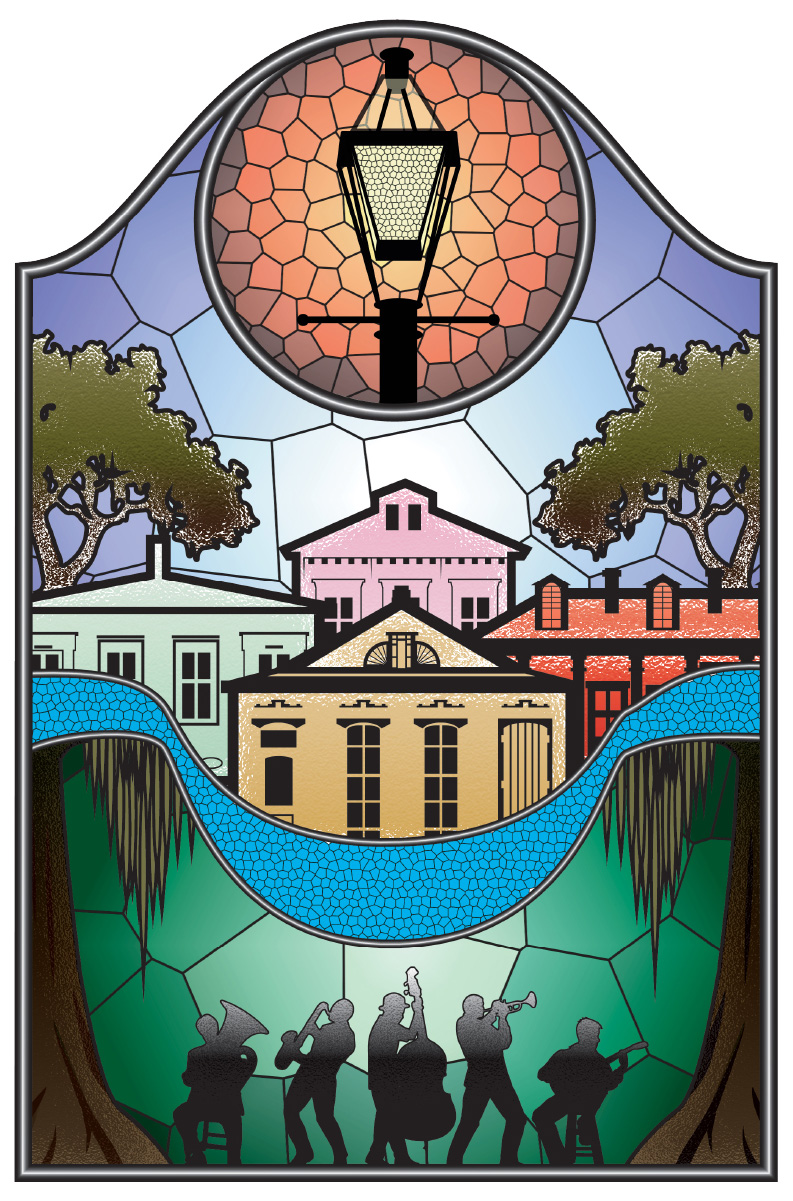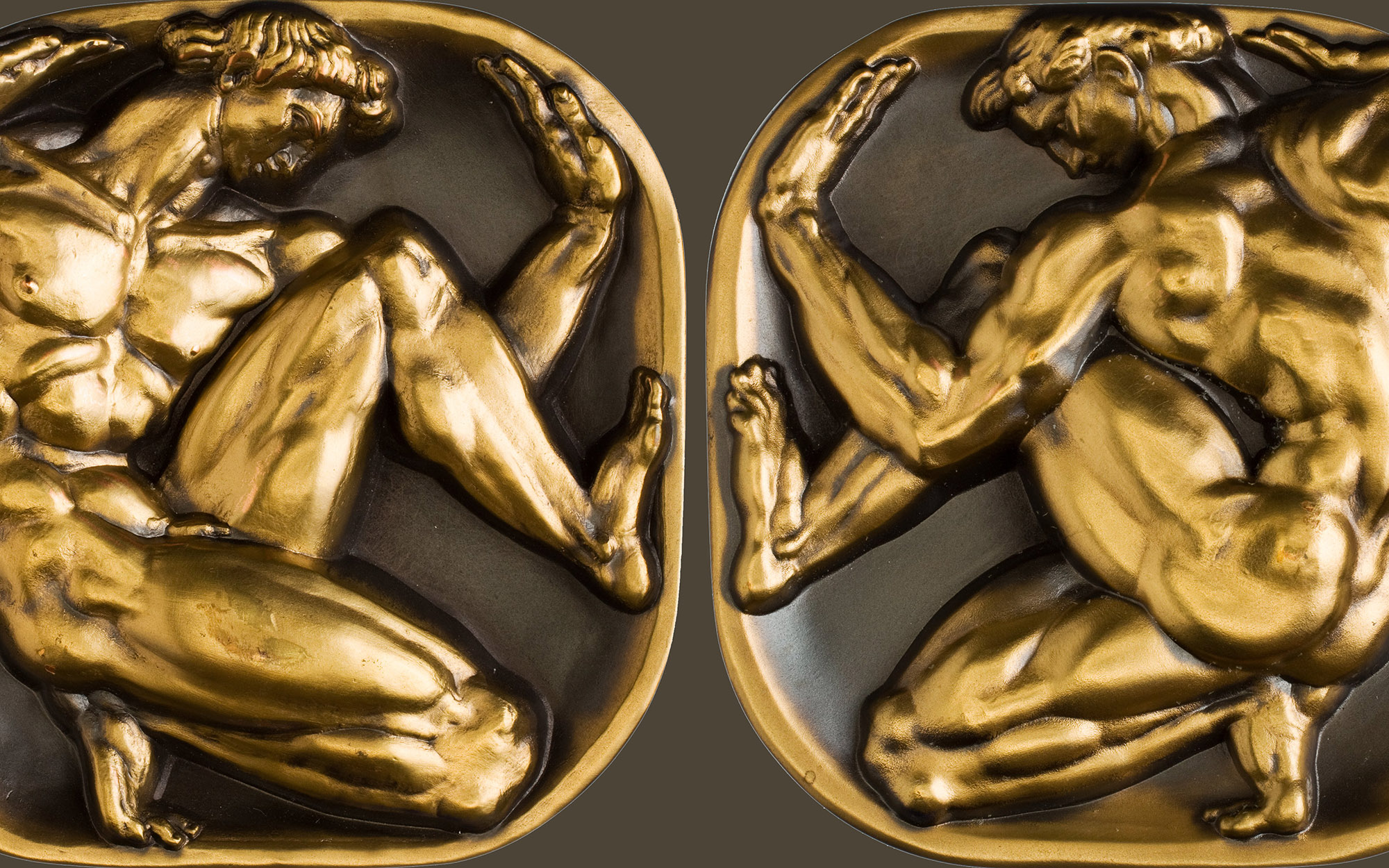Unknown No More: The Proconsul C. Fabius M.f. (Hadrianus?)
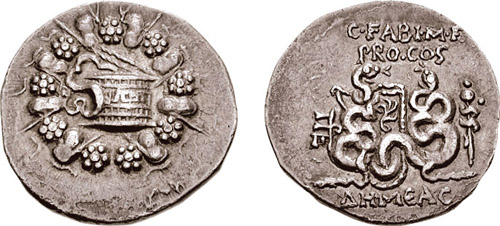
Until now, C.Fabius M.f., the proconsul of Asia of 57–56 BC, was known only for his cistophoric issues (fig. 1). His proconsulate belongs to the years after the end of the Third Mithridatic War in 63 BC and the new organization of the Eastern provinces proposed by Pompey in 62 BC.
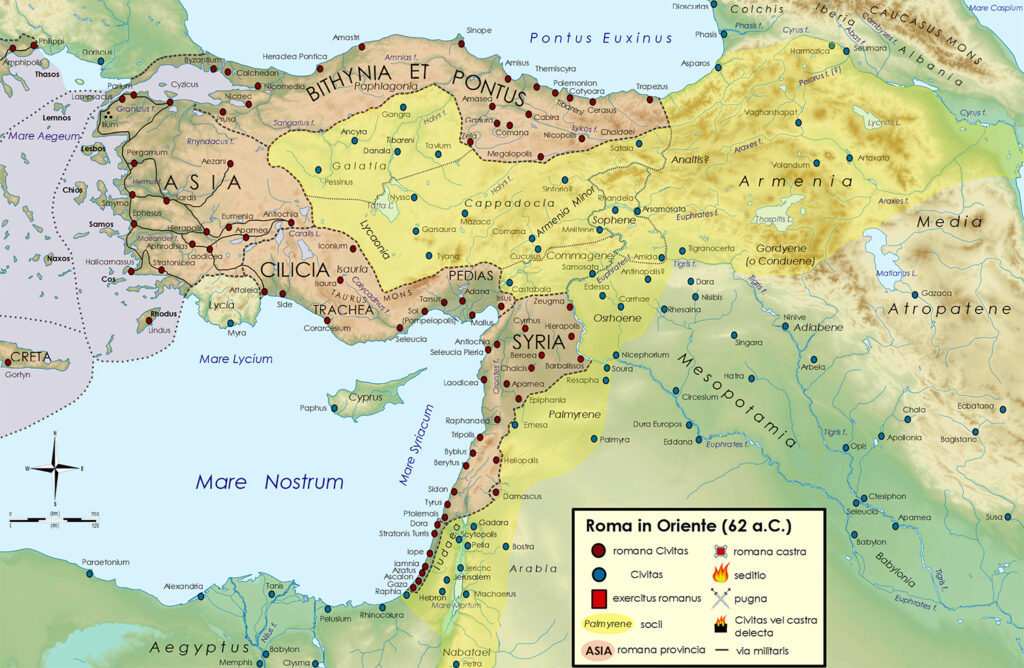
Pompey’s extraordinary exaction of 20,000 silver talents had left Asian civic communities (fig. 2) in a very difficult financial situation, also suggested by the inability of Roman tax agents (publicani) to raise the money needed to face their own financial obligations towards Rome (Cicero, Letters to Atticus 1.17.9) (Fig. 3).
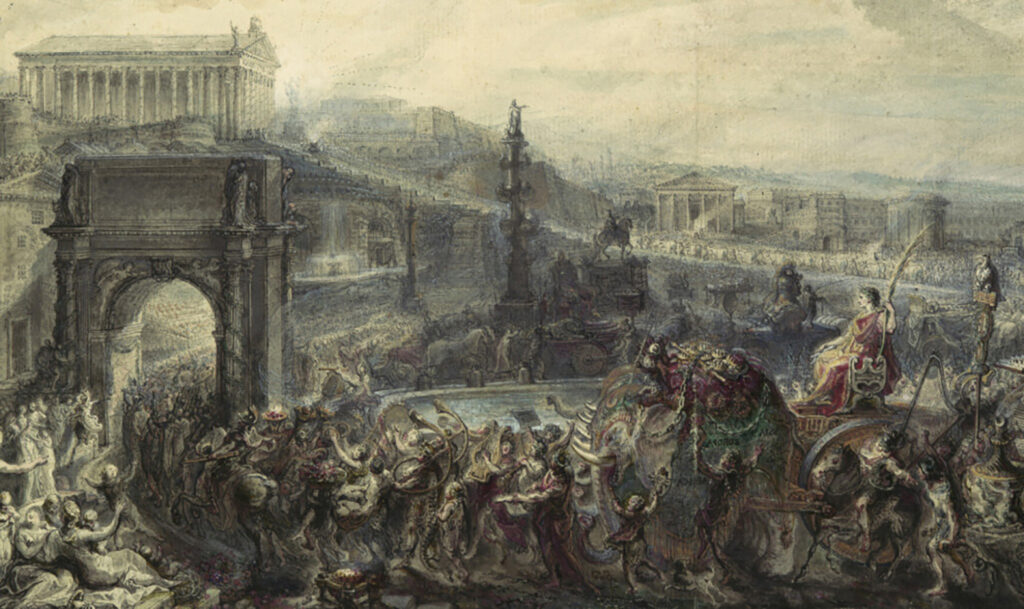
Fabius’ cistophori are part of the so-called “later Republican” cistophoric series, thoroughly published by W.E. Metcalf in 2017 (fig. 4).
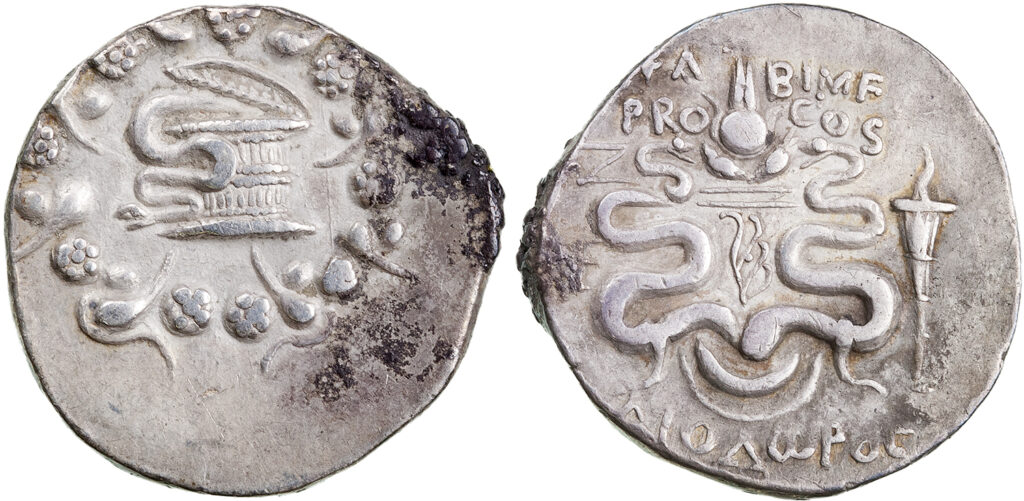
These issues bear the names of Roman magistrates and local individuals and were produced starting in the early 50s BC. The side-by-side mention of an official of the Roman provincial administration and of another local individual involved in some capacity in monetary production is a vivid representation of the complex interaction between provincial power and civic administration that is exemplified by this coinage. These series are also known as “proconsular” cistophori, since their signers were mostly governors of the provinces of Asia and Cilicia. While the vast majority of “proconsular” cistophori were signed by the governors of Asia, the names of governors of Cilicia appear on the cistophori of Apamea and Laodicea between 56 and 50 BC, when three Phrygian administrative districts (conventus) were detached from the province of Asia and annexed to Cilicia (Cicero, Letters to Friends 13.67). The last signer of these cistophori is the imperator Q. Metellus Pius Scipio in 48 BC, also known for his staunch resistance against Caesar (figs. 5–6).

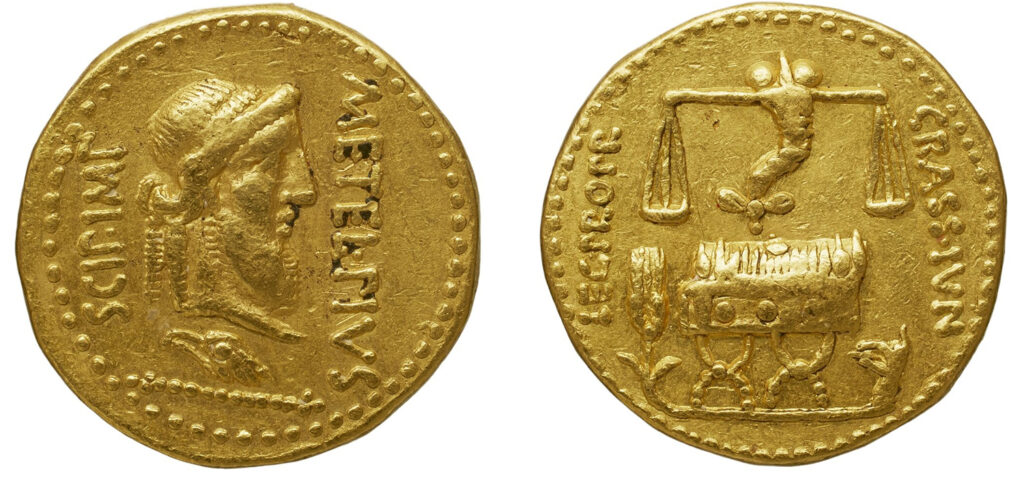
The attribution of these series to the years 58–49 BC is made certain by the dates on the Ephesian issues, calculating the Ephesian civic era from 134/133 BC, and by the Roman governors signing these cistophori, already included in the work on the Roman governors in Asia Minor by G. Stumpf. Cistophoric production in these years was limited to five mints (Ephesus, Pergamum, Tralles, Apamea, and Laodicea) and much lower than in previous decades.
Fabius’ cistophoric production appears numerically relevant compared to the other magistrates, as shown in Table 1:
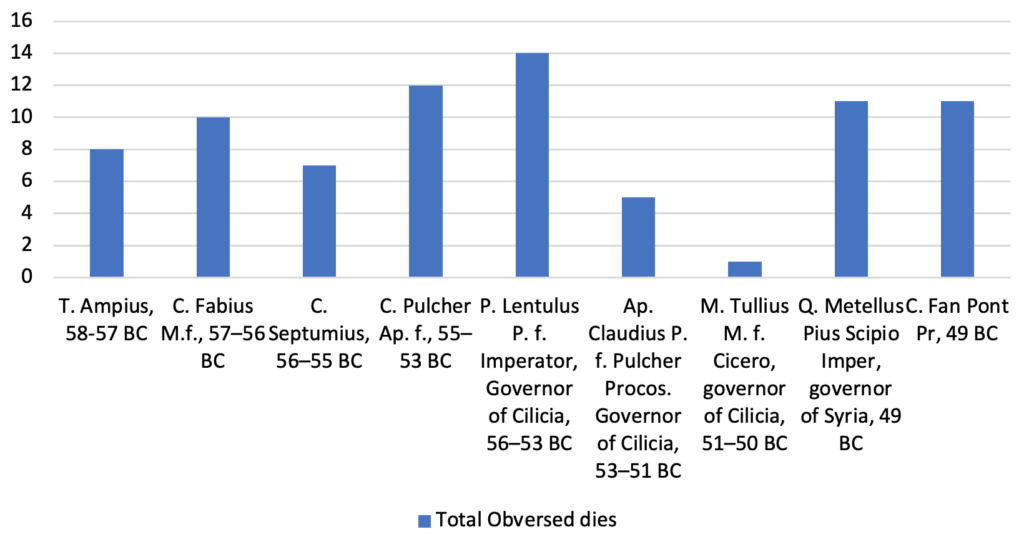
Moreover, he appears to be the only magistrate to have minted cistophori at all the five active mints of the time. This element could possibly suggest a coordinated attempt at enhancing the monetary supply of the province of Asia in a moment of need.
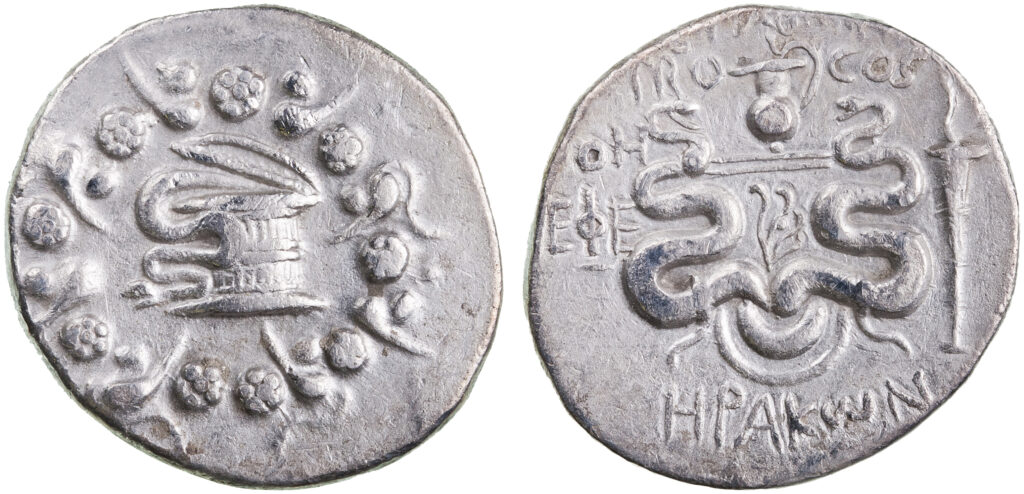
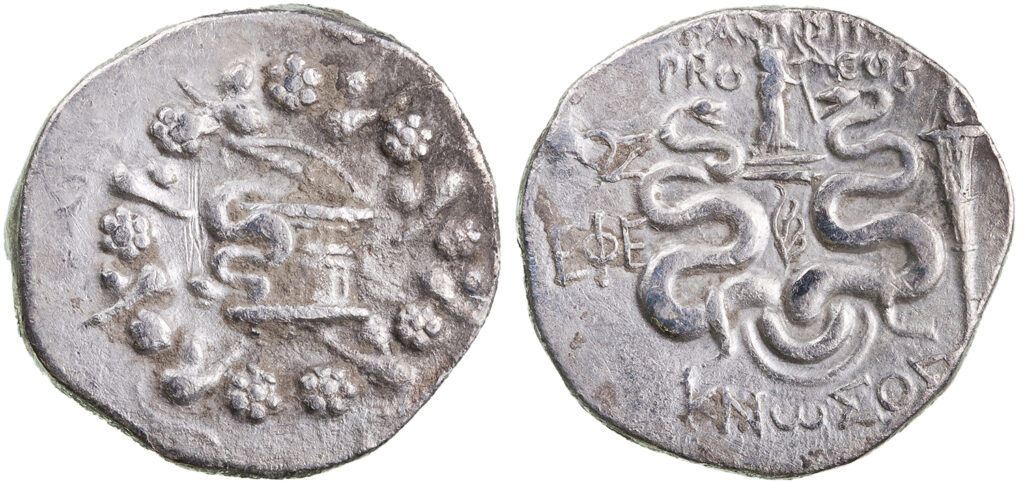
Fabius’ attention towards the financial well-being of the cities of Provincia Asia seems to be further confirmed by a recently published inscription.
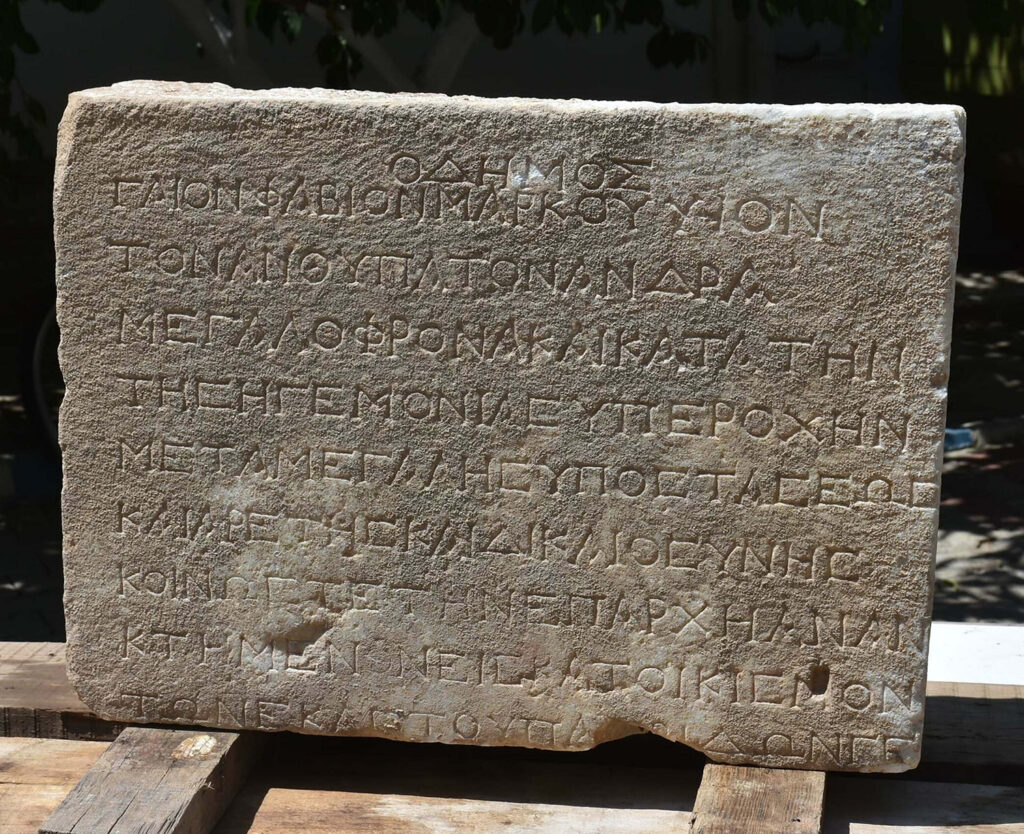
The text, inscribed on an architectural marble block (fig. 9) in the Bouleuterion of the city of Metropolis, was found back in 1998 by the archaeological team of the University of Erlangen, Germany, and published last year by Prof. Boris Deyer, chief epigraphist of the expedition, together with Lukas Müller and Christina Erika Sponsel-Schaffner (fig. 10).
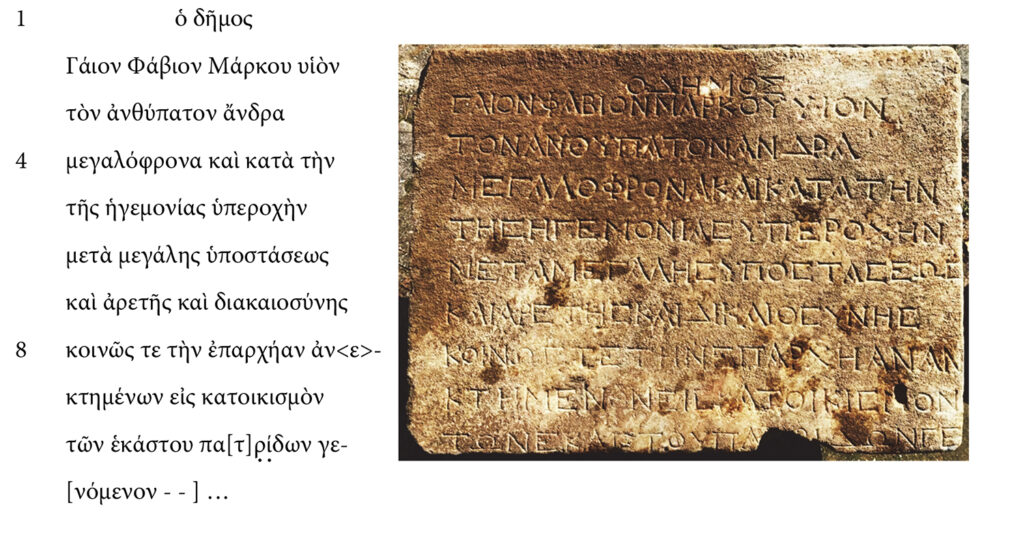
The inscription could be translated into English as follows:
“The people (honor) C. Fabius, son of Marcus, their proconsul, because he (proved) to be generous and because, in his unsurpassed power, with great steadfastness, virtue and justice, he—both as a magistrate and as a private benefactor—decided to rebuild our hometowns after the reconquest of the province, that had become […]”
The “reconquest of the province” alludes to military campaigns that ended the Mithridatic Wars, while causing terrible destruction to Metropolis. The city had attempted to rebel against the Pontic king, who retaliated by destroying several important buildings (Appian, Mithridatic Wars 48). The inscription suggests that, in his role as governor of the province, Fabius spearheaded the reconstruction of the bouleterion (fig. 11), among other city buildings, possibly contributing with his private fortune, “as a private benefactor.”
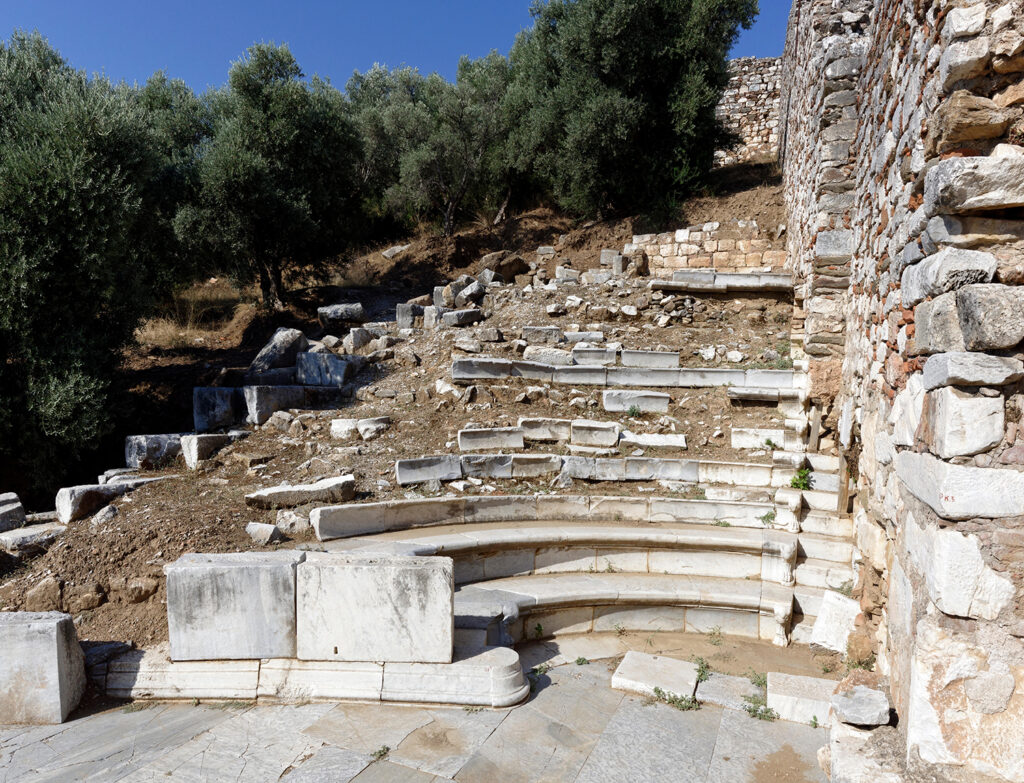
Fabius has been hypothetically identified as the son of Marcus Fabius Hadrianus, who had fought alongside Lucullus against Mithridates in the battle of Cabira of 72/71 BC (Plutarch, Life of Lucullus 17.2), but the absence of the cognomen Hadrianus on coin legends and now on this inscription does not allow to confirm this connection (fig. 12).
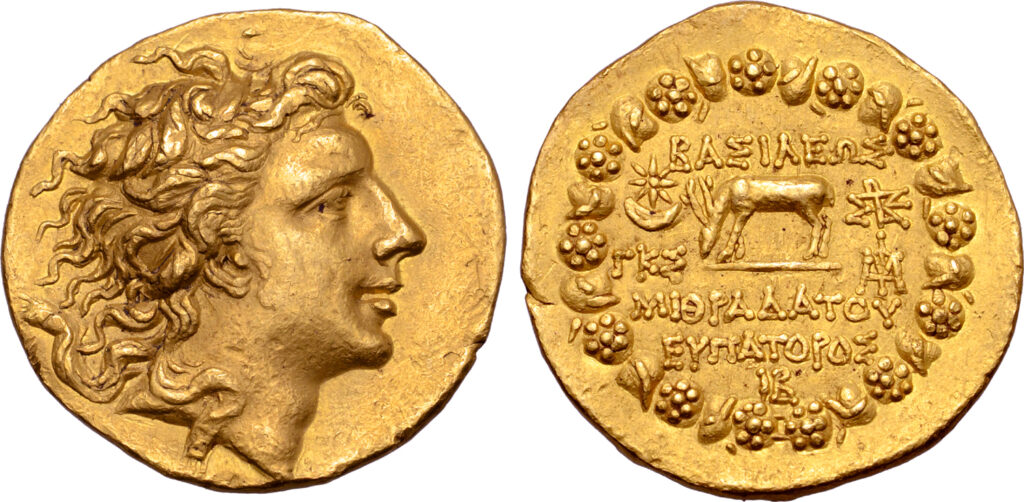
However, if Fabius was the son of Lucullus’ lieutenant, who had provided vital supplies to the Roman army during the Mithridatic Wars by receiving help from neighboring cities, we could expect that this family had strong ties with local communities. Local communities and members of civic elites providing aid to Roman armies were bestowed special honors and benefits, as in the case of Sulla favoring cooperating cities after the end of the First Mithridatic War.
The favor bestowed by C. Fabius over Metropolis as a magistrate and a private citizen could thus derive from family ties to a local community that had come to his father’s aid. During the Mithridatic Wars, there were several examples of civic communities and private citizens aiding the Romans, whom the grateful winners greatly benefited.
Independently of possible personal relationships with local communities, in 59/58 BC, during Caesar’s consulate, the conditions of Roman provincial government practices in the province of Asia fundamentally changed. At the beginning of his consulate, Caesar pushed through a popular law against the will of the Senate to reduce the taxes due to Rome to one-third of their original amount (Appian, Civil Wars 5.4). Later that year, he implemented a law addressing corruption in provincial magistrates, the Lex Iulia Repetundarum —even with the laudatory support of Cato, his fiercest opponent. Not only this law defined the facts of the offenses more precisely and documented the unlawful proceedings with a strict list of penalties (up to four times the amount in dispute). Both these measures greatly helped the cities of Asia, prostrated by decades of war and extraordinary extractions.
Independently of his family’s past, Fabius can thus be imagined as a governor of the prominent and rich province supporting and enacting the Roman provincial administration’s new course of action. He also acted proactively in favor of the provincials by rebuilding the cities of Asia that the Mithridatic Wars had badly hit and providing a stable money supply.


